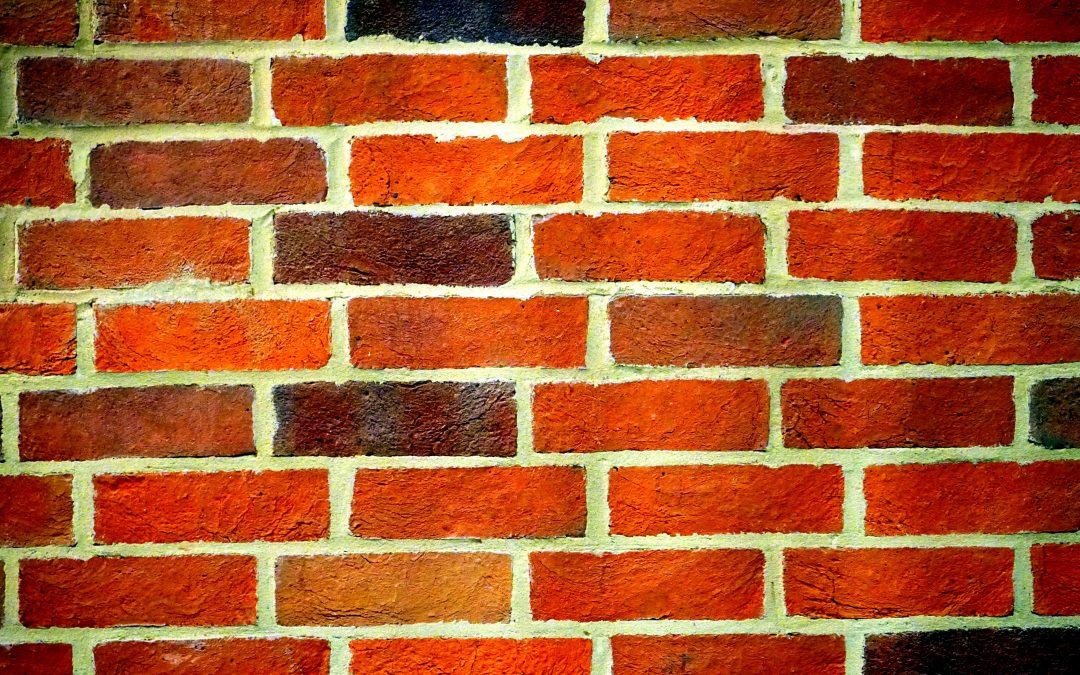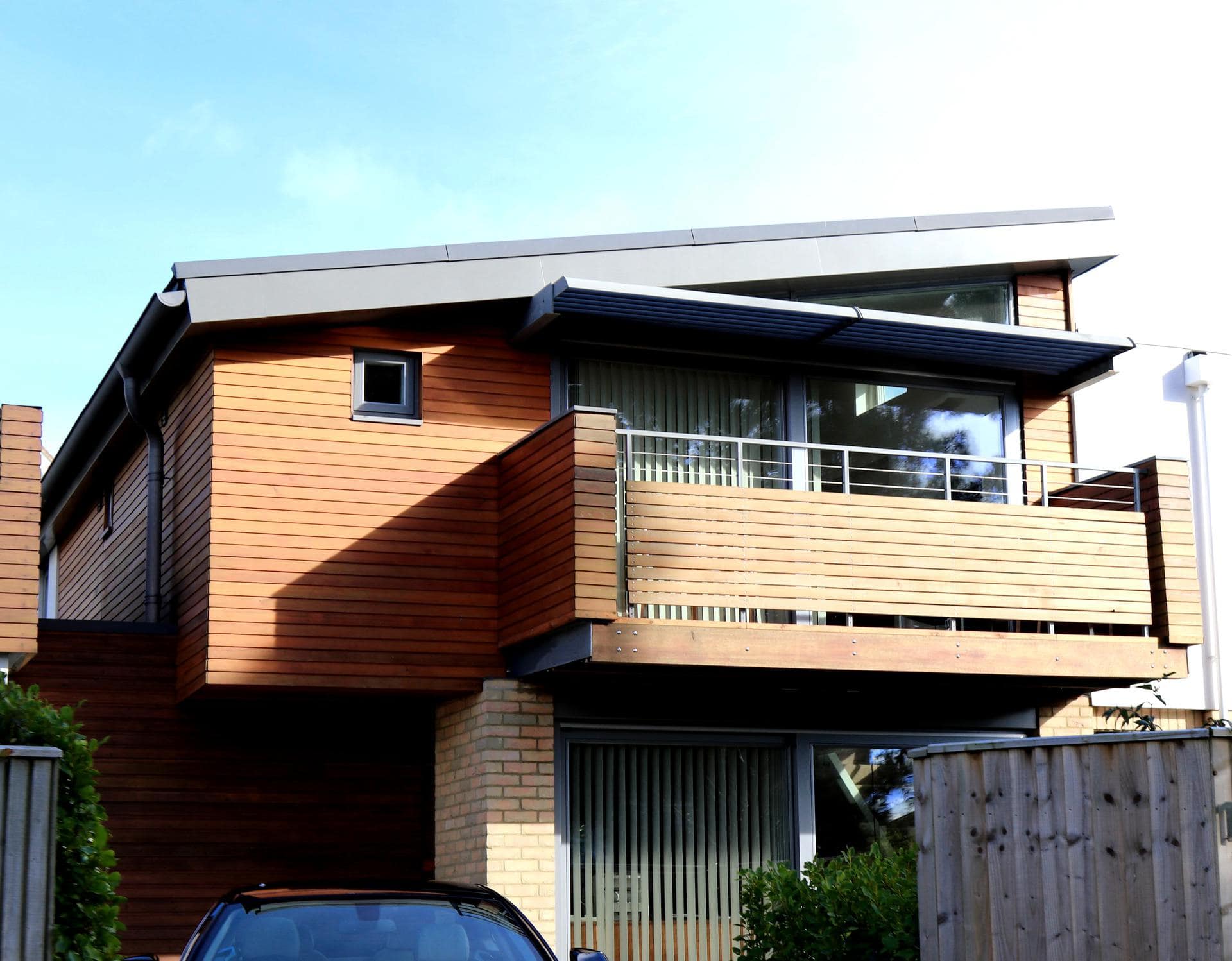Replacing the siding on your home can give it an instant facelift. Your home will sparkle with a new look or color. Choosing the best replacement siding isn’t just about the aesthetics, however. You must include in your determination the purpose for which siding is used: the protection of your house.
At Consumer Reports, different types of siding are tested by type and brand. What they find is that some siding is “far less resistant to cracking from impacts in warm and cold weather, and some is less likely to stay put in a windstorm based on our simulated 150-mpg winds.” They also find that “some vinyl siding, still the best-selling material, is more prone to fading under ultraviolet light, especially important in sunny climates and where trees don’t provide much shade.”
Let’s look at the most popular types of siding to see which might be the best replacement siding for your home.
Vinyl Siding
Featuring a low price and minimal upkeep that needs no painting, vinyl siding is far and away the most popular siding option, and it can be installed by a DIY homeowner. It comes in a variety of colors and styles and from a distance it can resemble a wood finish, but up close it is obviously vinyl. The downsides to vinyl siding are that it can crack, rattle, melt and burn.
Plastic Siding
Plastic siding can closely resemble wood shingles or shakes, even when viewed at close range, and like vinyl siding, it requires little upkeep. It is also more resistant to cracking in cold weather. The downside to plastic siding is its expense. Since it is thicker than vinyl siding, it can cost up to 2-3 times more.
Fiber Cement Siding
With a look resembling real wood, stucco or masonry, fiber cement siding is offered either factory-primed for your own painting or factory-coated with a long-lasting finish. A low-maintenance option, it provides an insect- and fire-proof shield for your home. A downside is that fiber cement siding is susceptible to water damage during freeze-and-thaw periods if the paint has degraded. It must be refinished from time to time to retain its appearance, functionality and longevity.
Wood Siding
As the most expensive option, wood siding offers the charm of real wood in the form of shingles, shakes or clapboard siding that can be cut into various shapes and sizes. It is commonly used for a cottage or Cape Cod exterior. Wood siding is available in a factory finish or factory-primed for painting or staining on your own. If painted or stained, it will require refinishing periodically. The downsides to wood siding are that it can twist, warp or burn and is not impervious to wood rot, insects or woodpeckers.
Brick Siding
In modern construction, whole bricks are replaced by brick siding, a veneer covering for a home’s wooden structure that uses mortar to hold the bricks together. Brick siding is long-lasting and requires little, if any, maintenance. Since brick can absorb water, a moisture barrier must be placed between the brick siding and the home’s structure. The downside is the labor cost for installation.
Is There One Best Replacement Siding?
There is no one best replacement siding; it is up to you to decide which suits your home’s style and climate, your personal preferences and budget.
Let David Barbale Help You Choose
If you would like help in choosing the best replacement siding, contact David Barbale your home improvement contractor. We’re glad to answer your questions, assist you in determining the correct siding for your home, or install your replacement siding for you. Contact us today!


